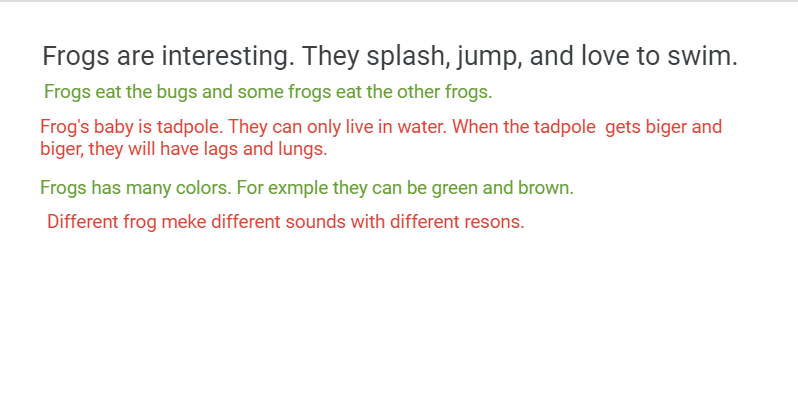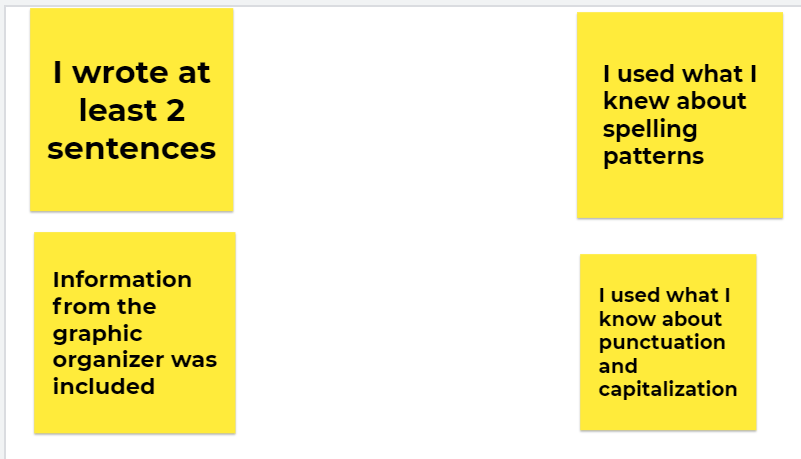When I first started teaching and heard experienced teachers converse using acronyms related to English Language Development, I wondered if I would be able to memorize these acronyms as freely as they had. Twenty years later, I think I have a grasp on several of them. Here’s a few, try it out and see if you have heard of some:
ELL (English Language Learner)
ELD (English Language Development)
RFEP (Reclassified Fluent English Proficient)
ELPAC (English Language Proficiency Assessment California).
In California these are some acronyms used regarding our ELD program. Multilingual students follow a journey toward English Language Proficiency. Jenny Kwan-Hata, our district’s coordinator for multilingual learners provided my colleagues and I a roadmap that students follow:
At first, families that are new to our district take a home-language survey. If parents and caregivers share they are fluent with another language, students take the Initial ELPAC. The assessment is broken into four domains. The first two assess receptive language; listening and reading. The other two assesses expressive language; speaking and writing.
Teachers provide designated, and integrated English Language Development supports that target each of the four domains along their journey. In addition, classroom teachers monitor their progress. By spring, students take the Summative ELPAC.
Currently, I am assessing our K-2 students and providing “ELPAC Bootcamp” to students in grades 3-5. My colleague, Kim McNeil coined this extra layer of designated support. This time allows me to work in small groups and target the most challenging domain; writing. Students are presented with a descriptive writing prompt (write about what you see), an opinion writing prompt and summarizing an academic presentation.
Pictorial Input Charts to Support Summarizing an Academic Presentation
I use pictorial input charts to support my Bootcamp. GLAD (Guided Language Acquisition Design) defines pictorial input charts as visual representations of the subject or concept you are teaching. Each part of the subject or idea is color-coded, and we use academic language to label around the illustration. Click here to see a demonstration of how Be Glad delivers it.
To do this interactively with remote teaching, I depended on Jamboard. To scaffold the writing task of summarizing an academic presentation, the task was completed in three days. Due to the limited amount of time I have with my groups, I modified the pictorial input presentation. Instead of drawing the subject and labeling it in front of students, I had the picture up with color-coded labels prepared then I delivered the instruction.
On day 2, we reviewed the subject by highlighting the academic language about frogs. In a face-to-face classroom, we would usually provide students with words such as “Communication,” “dragonflies,” and “stripes and spots” prewritten on yellow post-its. As we review the chart, students place the post-it note on the chart where it belongs. The students and I used the yellow sticky note on the jamboard to improvise.
On day 3, I shared the Jamboard and asked students to tell me everything they learned about frogs. Next, we used interactive writing to summarize the information. The topic sentence is written in black by me, and I ask students to pick a part of the subject to write about and color. The color-coding helps me identify students’ progress. Since my group only has two students, you will notice red and green.
Lastly, we use the ELPAC rubric to check if we have completed the writing task.
Pictorial input charts provide students with a concrete lens and access to grade-level subjects that can be perceived in the abstract. Orally rehearsing academic summary allows us to coach into their progress.
Closing
While it took me a few years, I understand what each acronym means. More importantly, I know our multilingual students’ journey and what is asked of them at the end of each year.




Hi Therapi – I’m so thankful that you’re sharing how you use Jamboard with your virtual EL’s! I have only ever worked with EL’s in person, but will soon be working with EL students online, as well. I’m wondering if you have ever used Flipgrid with your students? In my learning community here in Oregon, it has been an awesome tool to answer prompts asynchronously, and to be able to demonstrate understanding of a topic, or participation in a classroom community, outside of a traditional writing prompt or live classroom setting. I would love to hear your thoughts on more of these tools to use with English Language Learners, or any virtual learners in our community! Thank you for your time –
LikeLike